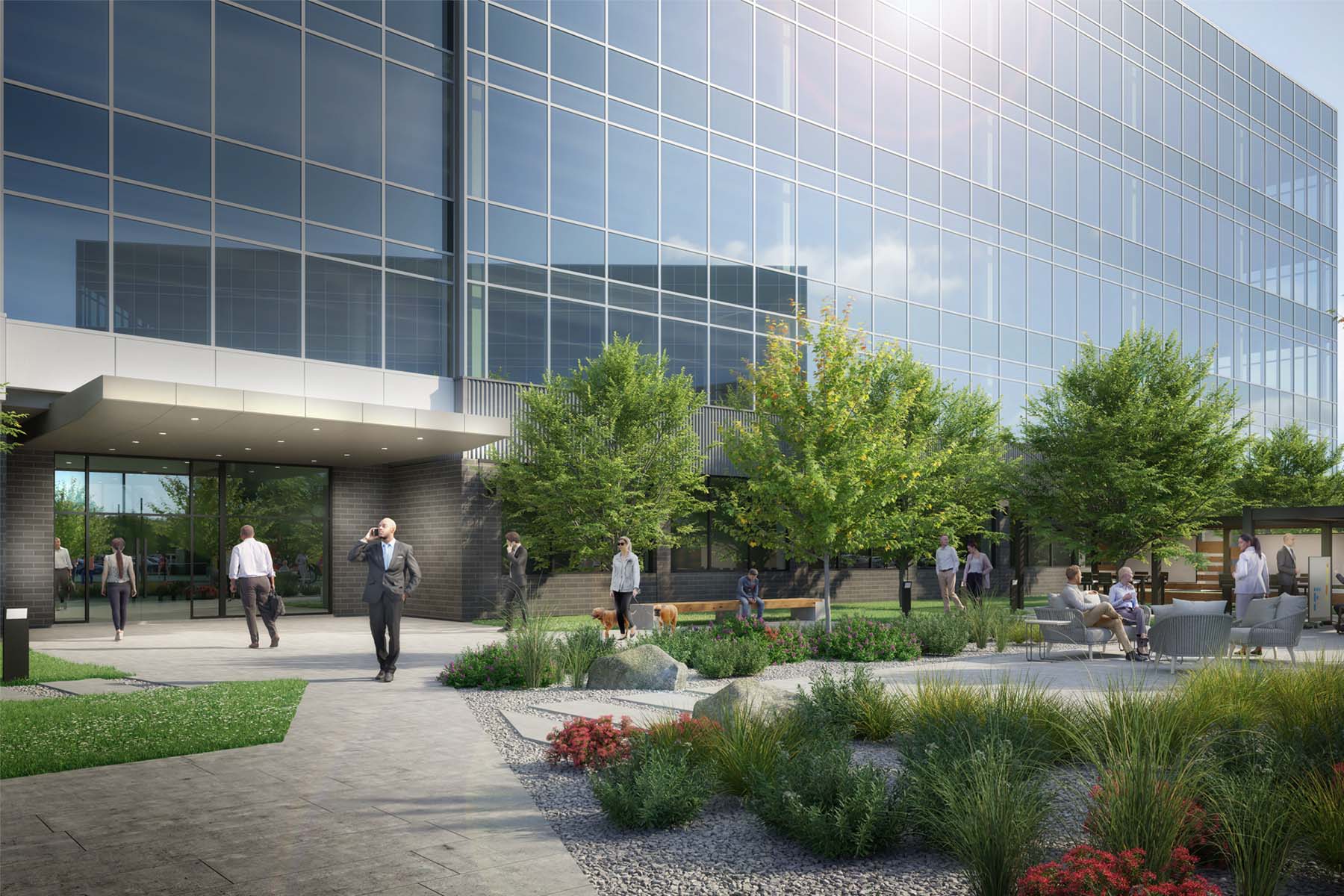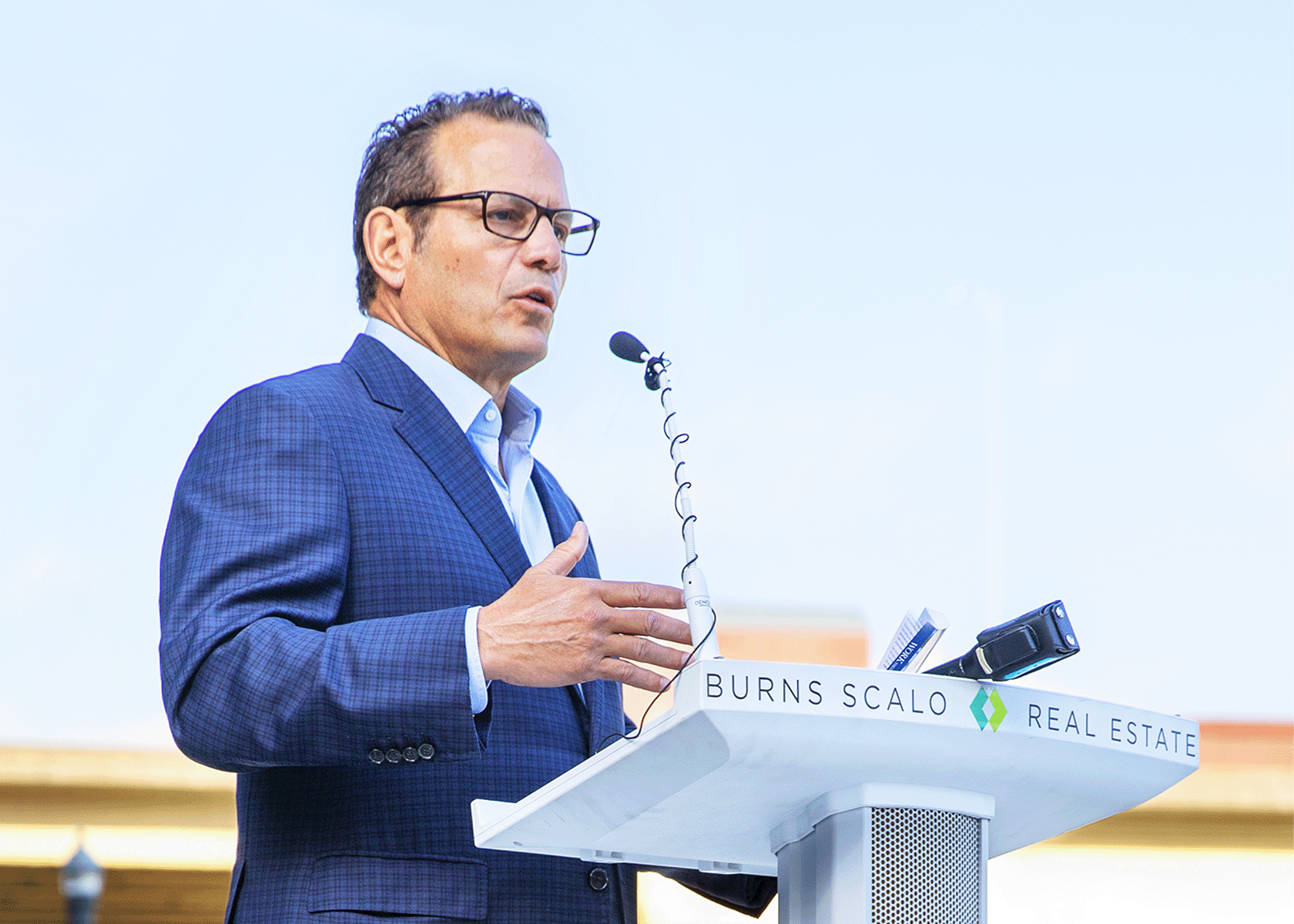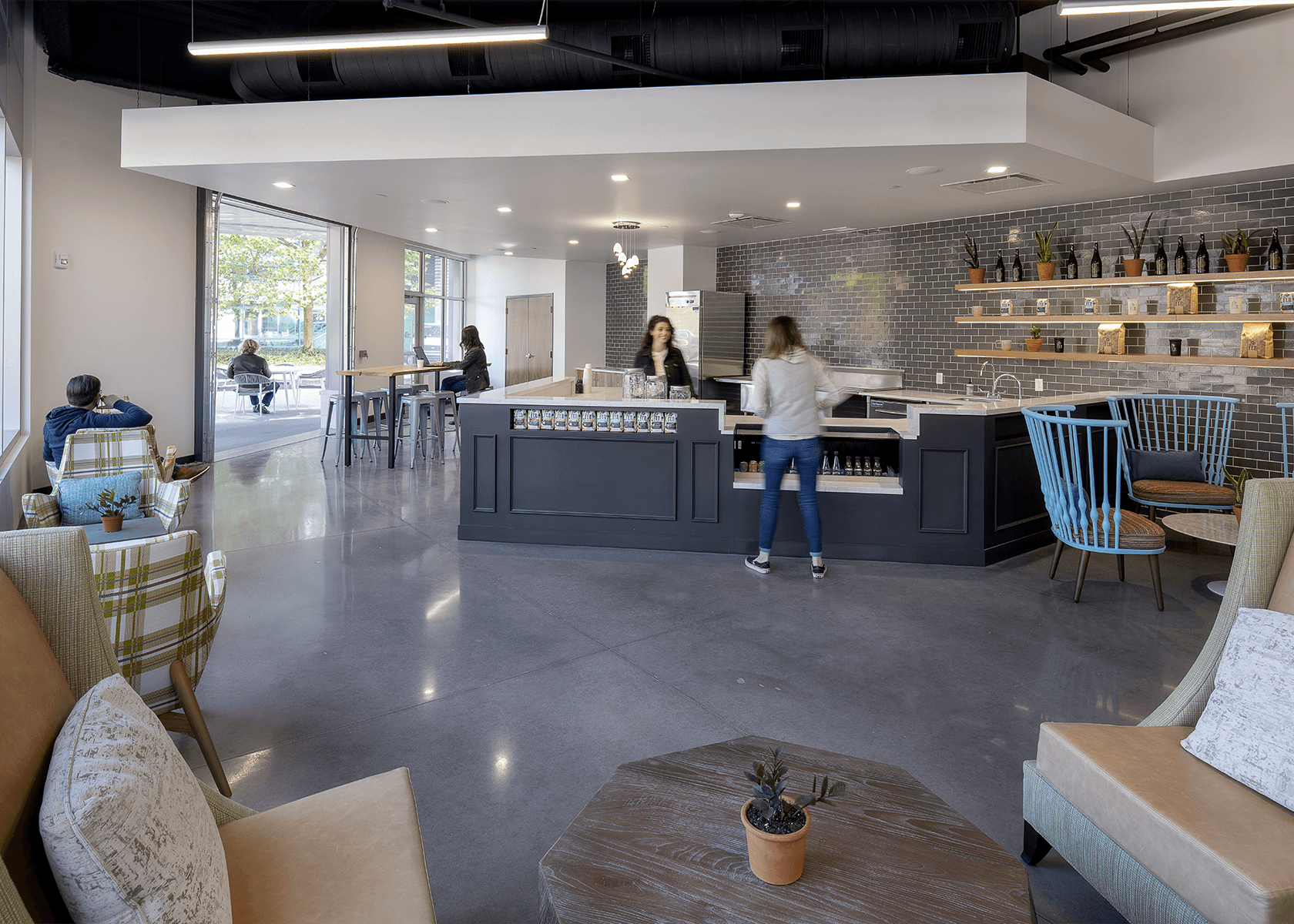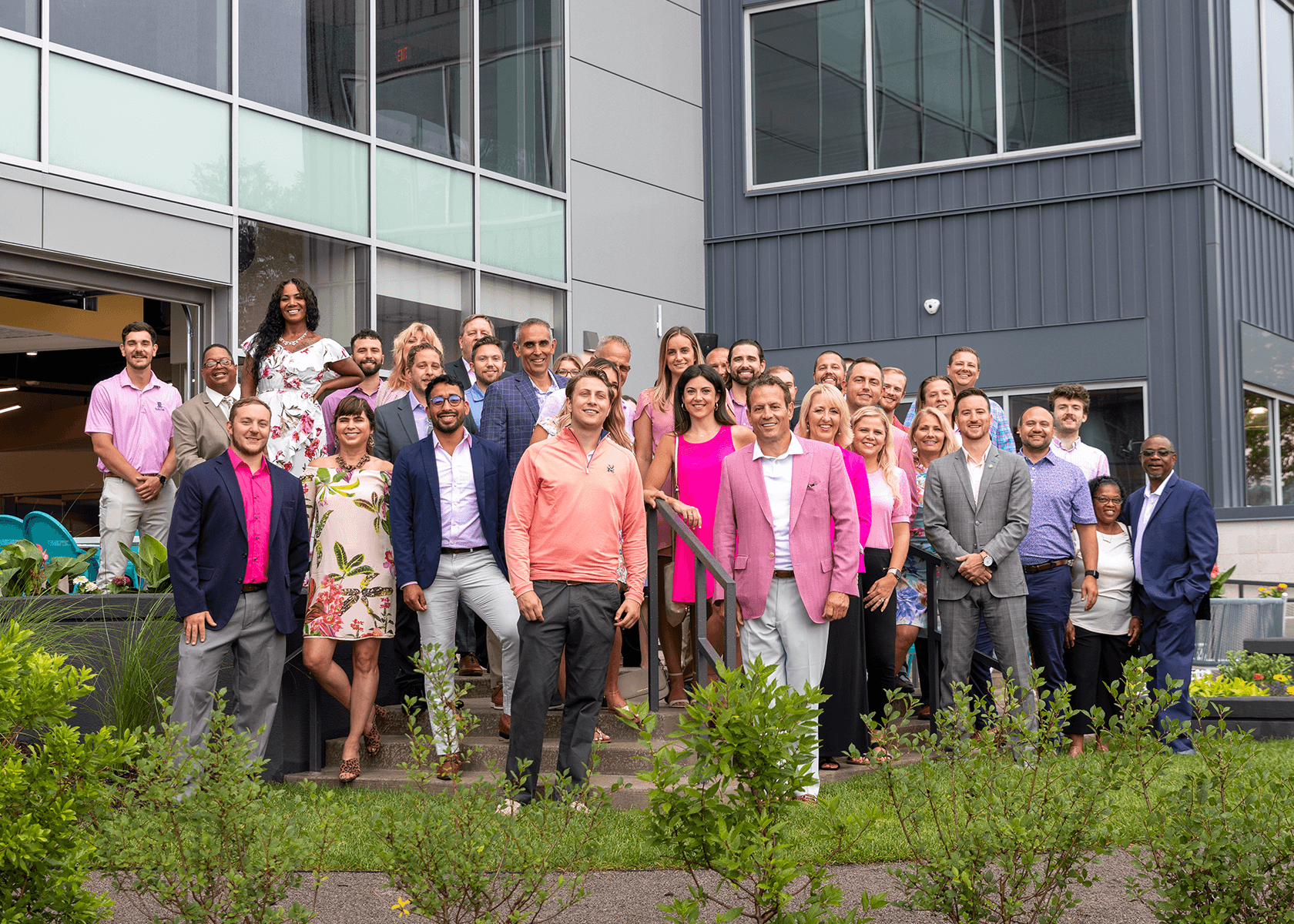Since early in the pandemic, there has been a debate about whether the majority of people will ever want to return to an in-person office setting. The debate then pivoted to what impact the vaccine would have on a return to work. Industry studies have shown that, while workers have responded favorably to WFH in an unexpected way, 88% of them are now looking to get back into the office on at least a part-time basis.
Yes, there is likely to be a period of flex scheduling and hybrid workforces in the coming year. But as these hypotheses are tested and the challenges of asynchronous scheduling and remote physical locations rear their ugly heads, it is not a stretch to assume that talk of “collaboration days” will fade as we get further away from the pandemic. Given the historical and cultural nature of human beings to forget their anxieties and revert to the mean of their tried-and-true behaviors, it is easy to project that we are about to see a booming return to the office.
So the next question becomes, to which offices will people want to go?
OLD VS. NEW
While looking at the losses of the past year-plus, the knee-jerk reaction about investing in office space post-pandemic is that it would be better to cut costs. The case for saving an almost negligible 25% on a line item that only amounts to 3-4% of employers’ operating budgets might look more interesting than ever.
But employers ready to return to pre-pandemic levels of productivity, collaboration, innovation, and profitability must recognize that compelling their best people to return to the office will be more than just picking a low-cost space and then telling them to occupy it. The best employers will recognize the need to entice that return. If a little more than half of US workers are currently saying that they want to continue working from home in some capacity, then bringing them back into the office is a matter of not just providing an environment that reminds them of the enormous benefits of office life, but of showing them that the space accounts for their health and safety concerns as well.
Even during this pandemic, BSRE has drastically increased its investment in newly constructed Luxury Class A office space in markets dominated by old, outdated offices. The Parkway West region of Pittsburgh, for instance, brings an average office building age of 33 years. These spaces have exceeded their base lifetime. They bring obsolete mechanicals, poor air circulation, lower light quality, and they lack the attention to detail that tells people their employers put their health and wellbeing first. BSRE has invested in providing healthier, safer places to work for the same reason all employers should be doing so: it’s not just the right thing to do; it’s what people will demand in a post-pandemic world.
Those employees who weigh whether to return to in-person work will be thinking about airborne pathogens, touch-free office features, and a new perspective on health and wellness. So if the choice is between an employer providing an old, lower-cost office space with a dated HVAC system, little sunlight, and poor air quality versus an employer providing a cutting-edge new space that features clean air, natural and adaptive light, biophilic design, and vibrant, variable settings, the choice is not difficult.
Post-pandemic, people will not want to be in an outdated place that makes them think about their health anxieties. They will want to be somewhere new.
WHAT CAN A NEW OFFICE DO FOR THEM?
What you pay in rent does not just translate into the quality of the structure and location; it impacts everything your company does. By providing a space that allows not just for luxury amenities and services, walkability, and a sense that rises above the work/life balance to where the workplace begins to feel like an essential part of your people’s lifestyle, you create happiness, cultural cohesiveness, and better productivity across the board.
For these reasons, we are building for sustainability—not just in terms of the environment but in terms of the life expectancy of the offices themselves. Our Diamond Ridge project, for example, invests in biophilic design, which refers to the concept of connecting the indoor environment with the outdoor environment. If you want to compel people to return to the office after they have gotten used to working from home, then it helps to offer them something they can’t get at home. They can’t get this at home: the sense that the outdoors meshes seamlessly with the indoor environment. Finding this in an old building is exceedingly rare. New buildings, on the other hand, are often constructed with this effort in mind.
WHAT CAN A NEW OFFICE DO FOR YOU?
If you create a space where people want to work, then they will want to work harder, smarter, and longer. Even in a post-pandemic world, they will want to return to a place that offers personal connection, collaboration, idea generation, and more efficiency on the execution of tasks. That “want” will improve recruiting and retention, as well, both of which will enhance work quality and productivity.
If we rush to accept the knee-jerk reaction that new offices are not worth investing in, if we accept the belief that the world has changed forever and people will never want to leave the house for work again, then we also must accept the complacency and inconsistency that inevitably results from keeping groups of people apart from one another. Telecommuting and virtual meetings have become the current norm, but if they become the new and permanent norm, then we compromise the productive pulse of our workforce, right along with our cultures’ connectivity.
In the years ahead, the companies that emerge as leaders in their industries will be those who prove unwilling to accept this compromise. It is not about WFH versus returning to the office. A return to the office is inevitable. The key question is this: What wins in the new normal, old offices or new offices? The answer is clear. Healthy spaces plus healthy people equals a healthy bottom line, and remember, the “best” talent has choices of with whom and where they work.




